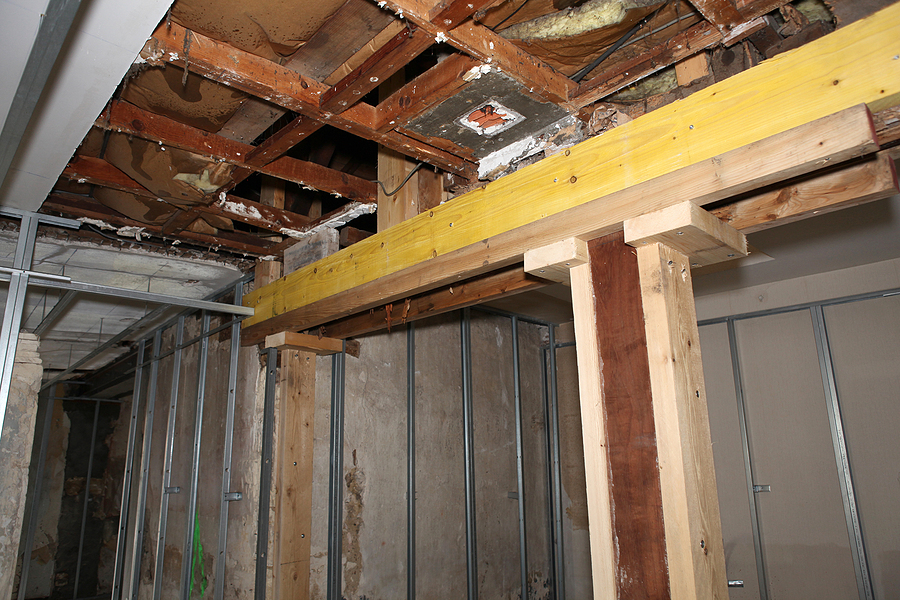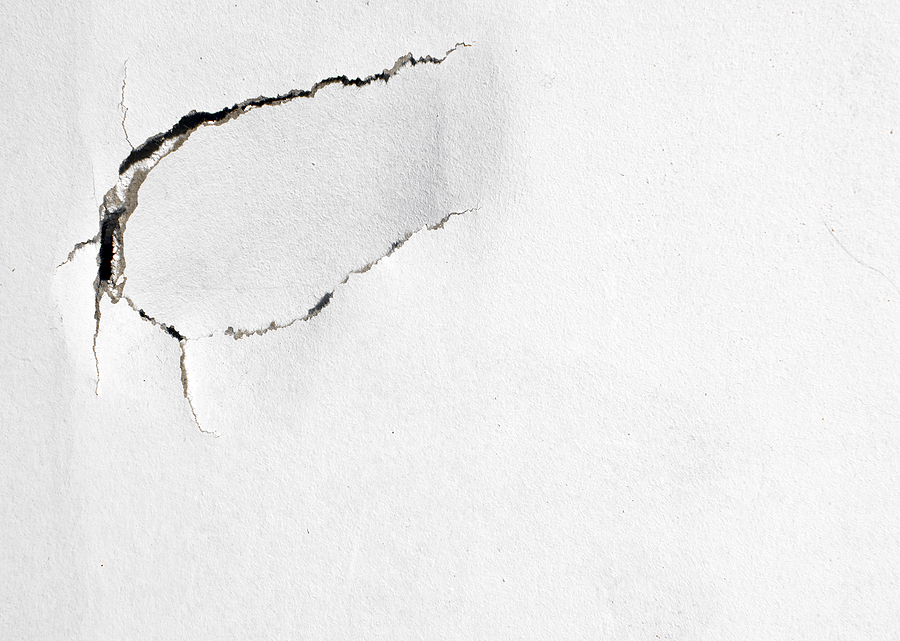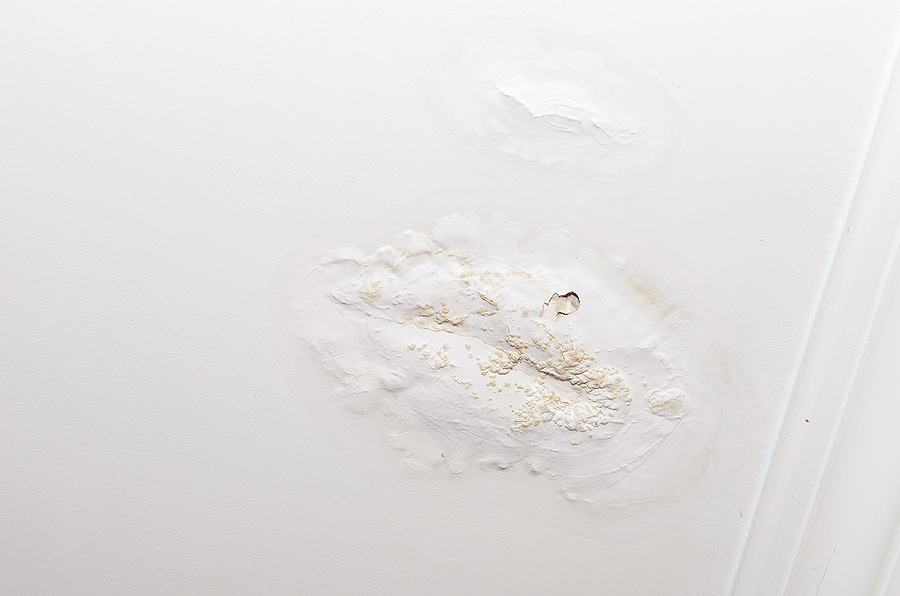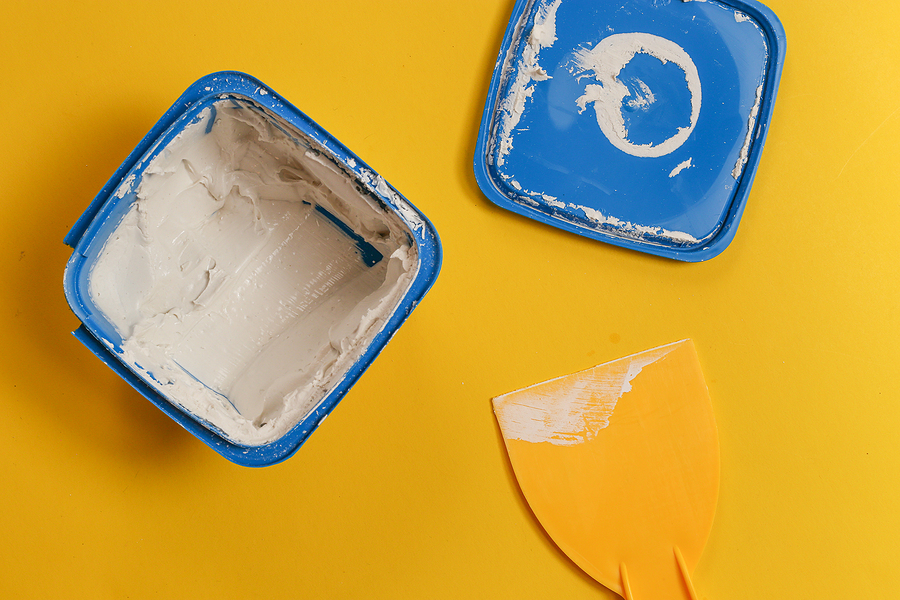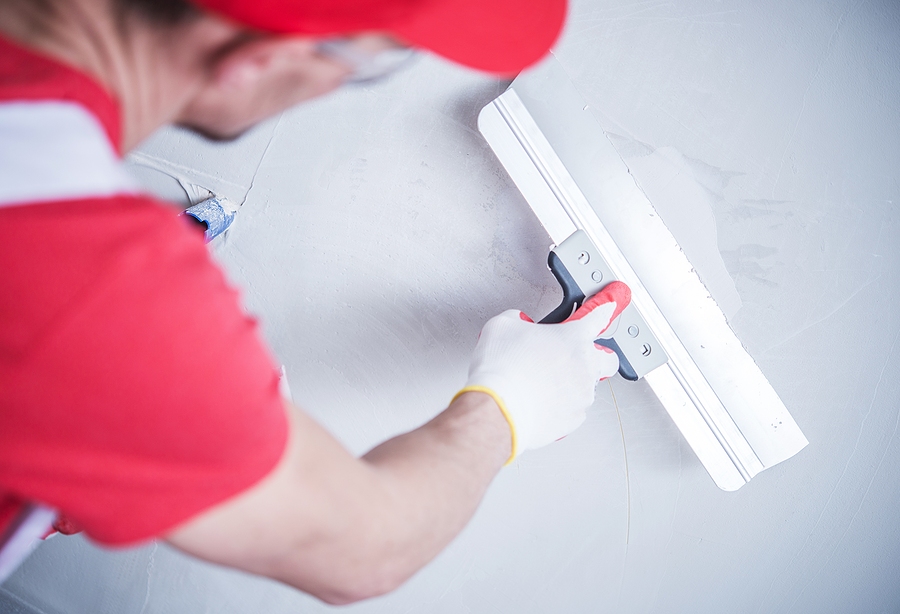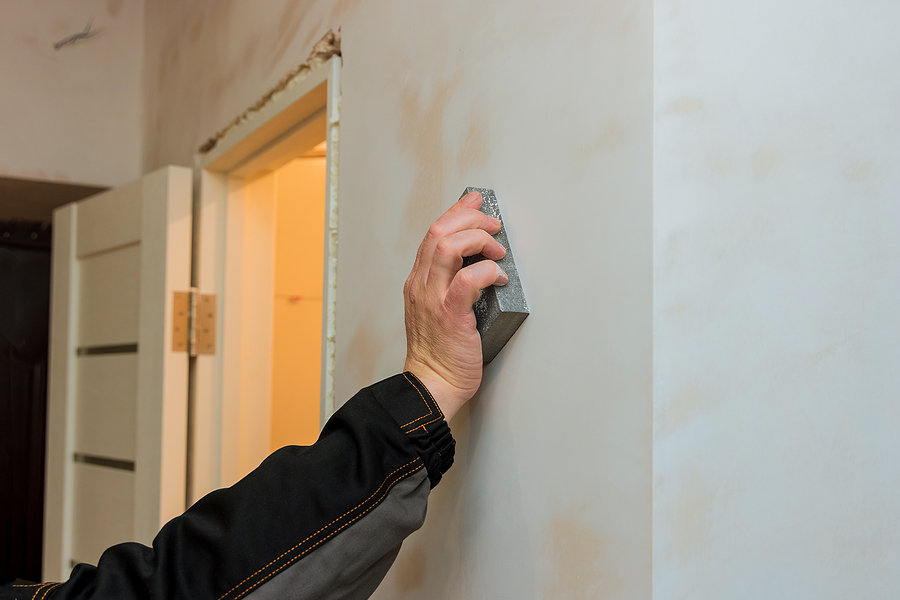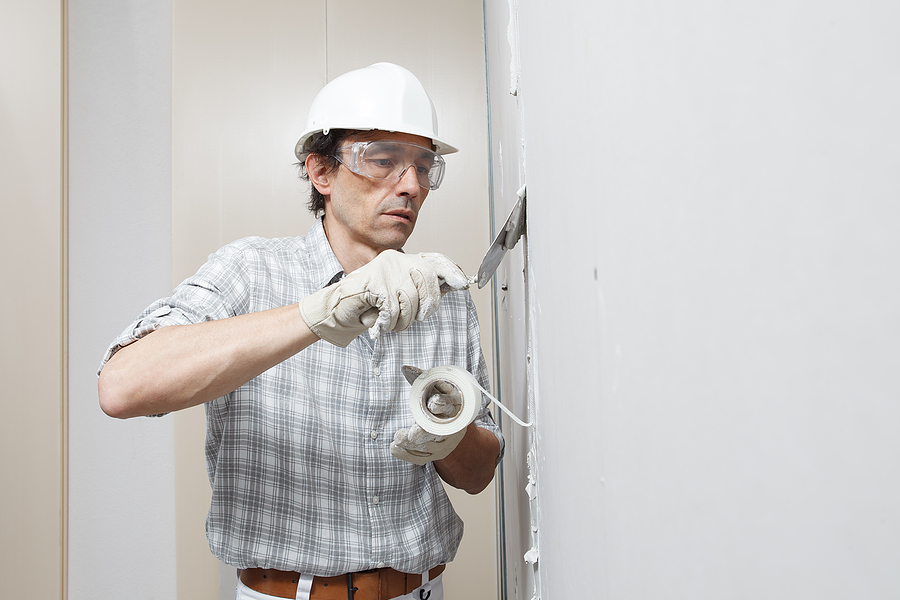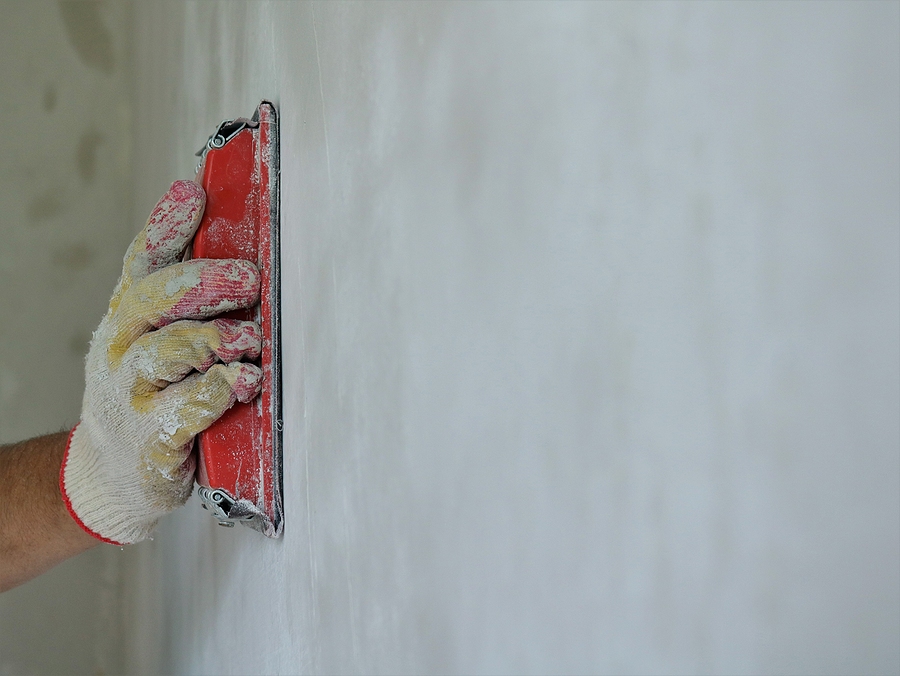When plumbing leaks invade your home, they often leave behind more than just a puddle—the damage can seep into your walls, turning sturdy drywall into a soggy, unsightly mess. Replacing damaged drywall quickly and effectively is key to preserving your home’s structure and aesthetics. Whether you’re facing a minor patch-up or a full-scale repair, understanding how to tackle drywall repair can save you both time and money while ensuring that your walls stay in top shape.
This guide covers everything homeowners, property managers, or DIY enthusiasts need to know—from spotting signs of water damage to achieving a professional-looking finish. Let’s break it down step by step.
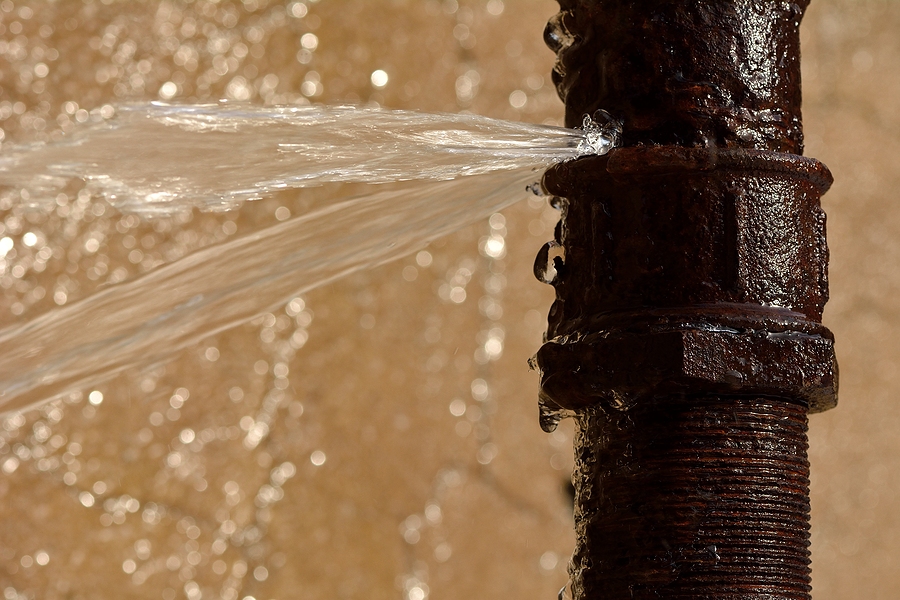
Signs and Risks of Water Damage to Drywall
Drywall is especially vulnerable to water damage, and the longer water issues go untreated, the more severe the consequences can become. Here are the key signs to look for when assessing damage to your drywall:
Common Signs of Water Damage:
- Discoloration: Brown, yellow, or gray stains are clear indicators of water infiltration.
- Swelling or Warping: Drywall may start to bulge, bubble, or sag if it has absorbed too much water.
- Peeling Paint or Wallpaper: Water damage can cause paint or wallpaper to lose adhesion and peel away.
- Soft or Crumbly Material: Touch the wall. Damaged drywall will feel soft or crumble easily.
- Mold or Mildew Growth: A musty smell often accompanies visible black or green spots on the drywall surface.
Risks of Ignoring Water Damage:
- Mold Growth and Health Hazards: Untreated drywall can become a breeding ground for mold, leading to allergic reactions and respiratory issues.
- Structural Weakness: Water-damaged drywall can weaken your home’s walls, compromising the overall structure.
- Decreased Property Value: Unsightly water stains or warped drywall can lower the market value of your home.
Recognizing and addressing these signs promptly minimizes long-term damage and helps maintain the integrity of your home.
Steps to Assess and Prepare for Repair
Before jumping into drywall replacement, a proper assessment and preparation phase ensures you tackle the root problem and avoid further complications.
- Identify the Source of the Leak: Before repairing drywall, confirm the plumbing issue is fixed. Whether it’s a leaky pipe, roof, or HVAC system, addressing the source is crucial for long-term success.
- Inspect the Extent of the Damage: Use a flashlight and moisture meter to assess how far the water damage has spread. Mark damaged areas for removal.
- Dry the Area Completely: Ensure the drywall is completely dry to prevent mold growth. Use fans, dehumidifiers, or professional drying equipment to speed up the process.
- Remove Furniture or Decorations: Clear the affected area of furniture, wall hangings, or items that might interfere with repair work.
- Protect Surrounding Surfaces: Lay down tarps or drop cloths to catch drywall dust and debris. Tape around unaffected areas to minimize mess.
Tools and Materials Needed
To replace damaged drywall, you’ll need the right set of tools and materials. Here’s what to gather before you begin:
Tools:
- Utility knife
- Drywall saw
- Measuring tape
- Straightedge ruler
- T-square or level
- Drywall screws or nails
- Cordless drill or screwdriver
- Joint knife
Materials:
- Replacement drywall panels (match the thickness to your existing walls, typically ½ inch)
- Joint compound
- Drywall tape
- Sandpaper (120–150 grit)
- Primer and paint (or matching finish)
- Safety gear (gloves, goggles, dust mask)
Having these essentials on hand will streamline the repair process and help you achieve professional results.
Step-by-Step Guide to Replacing Damaged Drywall
Replacing drywall may seem daunting, but following these steps makes the process manageable—even for first-timers:
Step 1: Cut Out the Damaged Area
Use a utility knife or drywall saw to cut out the damaged section. Always cut slightly larger than the damaged area to ensure clean edges for the replacement panel.
Step 2: Measure and Cut Replacement Drywall
Measure the opening and use those dimensions to cut a new drywall piece. Precision is key—your replacement piece should fit snugly.
Step 3: Secure the Replacement Panel
Place the new drywall into position and secure it with drywall screws or nails spaced every 6–8 inches.
Step 4: Apply Drywall Tape
Cover the seams between the old and new drywall with self-adhesive drywall tape. This step ensures a smooth, seamless transition.
Step 5: Apply Joint Compound
Spread a thin layer of joint compound over the taped area using a joint knife. Feather the edges to create a smooth, blended surface. Allow it to dry completely, then sand until smooth.
Step 6: Prime and Paint
Apply a coat of primer to prepare the surface, then paint to match the rest of the wall. Your repair should now blend seamlessly with its surroundings.
Tips for a Professional Finish
For results that rival those of professional drywall services, follow these tips:
- Feather Your Edges: Gradually thin out joint compound near the edges for a flawless blend.
- Sanding Between Coats: Sand lightly after each coat of joint compound to eliminate rough spots.
- Paint in Natural Light: Check your work in natural daylight to ensure even coverage and color matching.
If achieving a perfect finish feels overwhelming, hiring a professional drywall installation service may be worth considering to handle the job with precision.
Preventing Future Water Damage
Minimizing the likelihood of future water damage saves you from repeating the drywall repair process. Here’s how you can protect your home:
- Inspect Plumbing Regularly: Schedule routine checks for pipes, faucets, and fixtures to catch leaks early.
- Install Waterproof Drywall: Known as green or cement board, this type of drywall is ideal for areas prone to moisture, such as bathrooms or basements.
- Use Water Leak Detectors: Devices that alert you to leaks can stop water damage in its tracks.
- Ensure Proper Ventilation: Maintain good airflow in high-humidity spaces to prevent condensation buildup.
- Keep Gutters and Downspouts Clean: Diverting rainwater away from your home’s foundation reduces leaks from exterior walls.
Why It’s Okay to Leave It to the Professionals
Replacing damaged drywall after plumbing leaks is a project that requires precision, time, and patience. While DIY is an option, hiring a professional drywall service comes with its benefits—guaranteed quality, faster completion times, and peace of mind.
Is this drywalling project proving to be more than you can handle on your own? Contact Drywall by Renso at 317-269-7319 for professional drywall services in Indianapolis, Indiana. We serve residential and commercial clients.
Related Posts:
Replacing Drywall After a Pest Infestation: What You Need to Know
Detecting Water Damage in the Home: Signs, Solutions, and Prevention
Tips for Drywall Water Damage Clean Up

